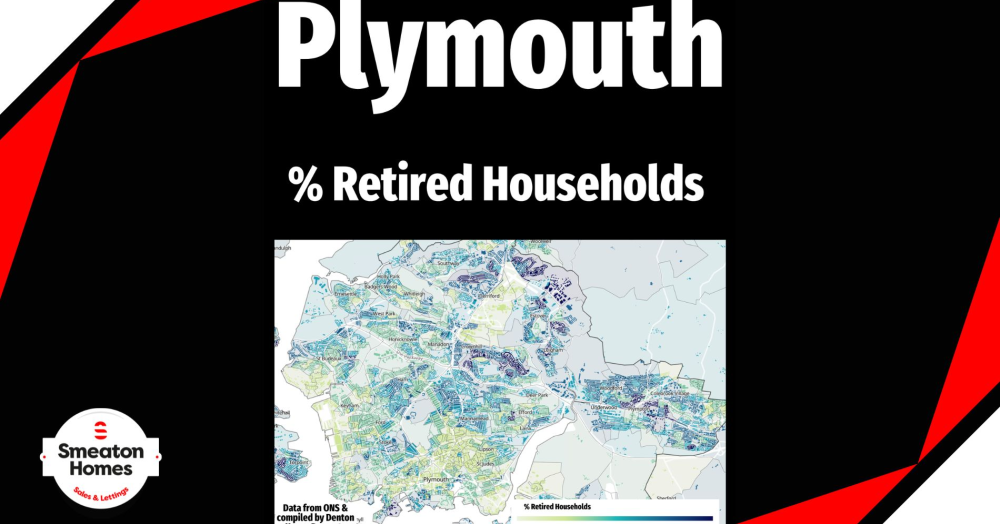
The Percentage of Homes in Plymouth with Retirees
A Heat Map
When it comes to understanding the housing market in Plymouth, it is not just about prices, supply, and demand. The demographic make up of different neighbourhoods plays a huge role in shaping how the property market works. One of the most telling insights is the proportion of retired households across the city.
The map above highlights where retired households are concentrated. The darker shades show areas with a higher percentage of retired households, while the lighter shades represent parts of Plymouth where retirees make up a much smaller proportion of the population. This variation matters because it offers clues about who is most likely to buy or rent homes in different parts of the city.
For estate agents, landlords, and even homeowners thinking about their next move, knowing where more mature households tend to live can help shape decisions. Retired homeowners often have different housing needs compared to younger families or professionals, whether that is downsizing, moving closer to amenities, or seeking low-maintenance homes. Equally, investors may see opportunities in areas with fewer retired households, where there could be stronger rental demand from younger tenants.
By examining this data, we can start to see patterns that influence the balance of supply and demand in the Plymouth housing market. It is another reminder that property is about people just as much as bricks and mortar, and the way different age groups are distributed tells us a lot about the future direction of our local property market.
Looking at the map, is there anything that jumps out at you as different or surprising?